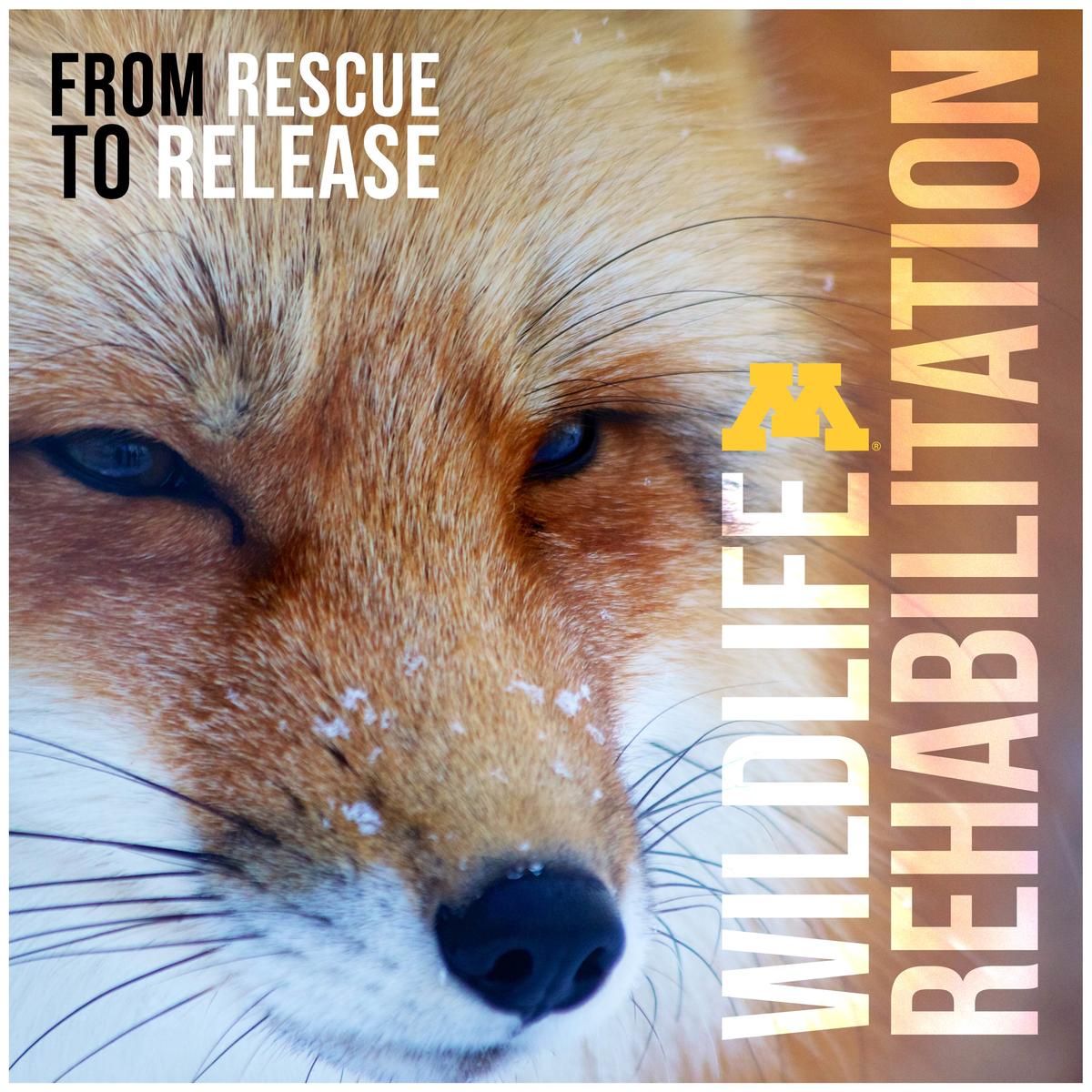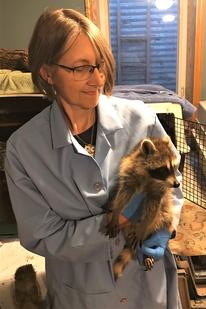Wildlife Rehabilitation – Rescue to Release
A podcast by wildlife rehabilitators for wildlife rehabilitators
This podcast is dedicated to licensed wildlife rehabilitators and the veterinarians who support them.
Each episode tackles topics about the rescue, care, management, reconditioning and release of wildlife found in North America - diving deep into each topic. Our aim is to give rehabilitators practical information they can use, because they’re already going to great lengths to rescue and nurse animals back to health.
Listen now
An injured or orphaned wild animal’s journey to restored health and independence in their natural habitat is delicate and complex: We draw techniques and expertise from many disciplines. We'll get into the three possible outcomes for wildlife in rehabilitation: Release, Euthanasia and Placement.
Many animals brought into rehabilitation centers cannot be saved. The last gift we can give is humane euthanasia. We will discuss when this gift is necessary. We tackle this tough subject because it is a necessary part of wildlife rehabilitation. Additionally, we will have discussions on self-care so rehabilitators can continue this vital work while being mentally healthy.
Sometimes animals are deemed non-releasable and evaluated to be suitable for a life in captivity. When that happens, we shift to a long-term approach to managing their care, training, and housing. Some such animals serve as “Ambassador Animals” – animals used to educate the public.
Each episode we’ll speak with experts who represent specialty topics across the profession of wildlife rehabilitation, ambassador animal care, and management showcasing best practices.
Techniques we discuss here are meant for licensed wildlife professionals only. If you aren’t licensed and trained for wildlife rehabilitation, do not attempt to capture, hold, or rehabilitate any wild animal. If you find an injured wild animal, a wildlife professional can recommend next steps.
If you are interested in becoming a wildlife rehabilitator, please get more information about this profession and the steps to get licensed! Check out these websites:
https://www.nwrawildlife.org/page/Aspiring_Rehabilitators
https://theiwrc.org/about-us/mission
This podcast is funded by Partners for Wildlife (P4W). P4W is an initiative to improve animal welfare in wildlife rehabilitation.




